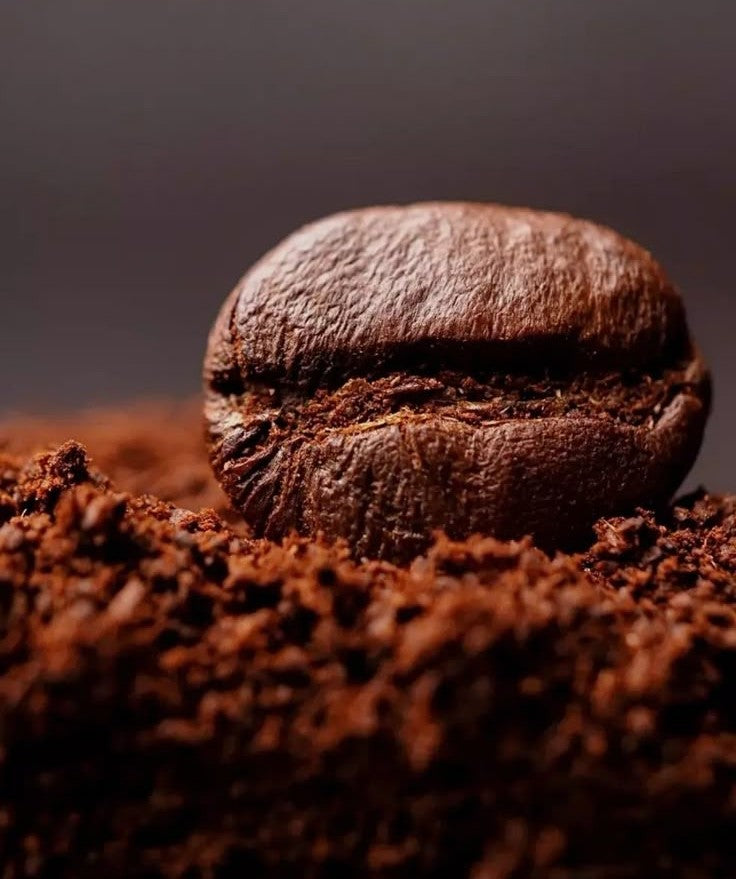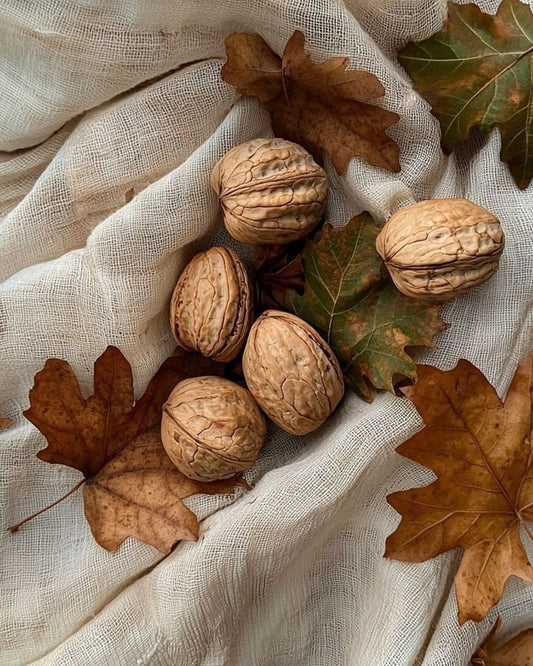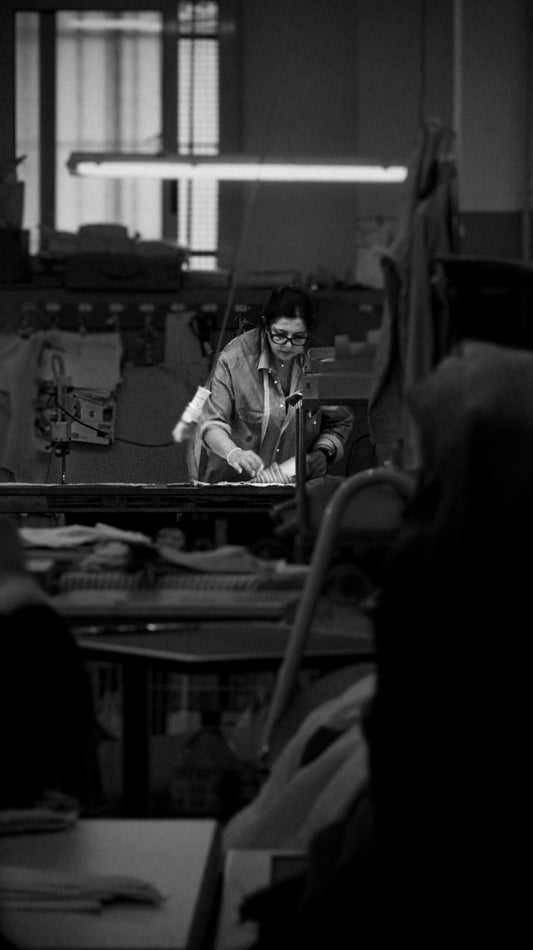
Olfactory Naples: if fabrics had a scent
Introduction
Fashion is often described through images and technical details: colors, textures, tailoring lines. Yet one sense rarely enters the conversation despite its powerful impact on perception: smell. Every fabric, beyond its material composition, can evoke an olfactory imagery tied to places, memories, and lifestyles. In the case of Vanacore Napoli, this connection feels natural: the city itself is a mosaic of unmistakable scents, from the sea to coffee, from citrus to freshly baked bread. We imagined what might happen if the fabrics at the heart of the wardrobe – linen, cotton, denim, and wool – were told through the fragrances of Naples. The result is a sensory journey that weaves together tailoring and cultural identity.
Linen and the freshness of Mediterranean citrus
Linen is synonymous with summer: light, breathable, fresh to the touch. In Naples, this fabric finds its olfactory counterpart in citrus fruits and sea breeze. Walking along the waterfront or through the gardens of historic villas, it’s impossible not to notice the scent of lemons, bitter oranges, and bergamot blending with salty air. Just as linen lets the skin breathe, these scents allow the city itself to breathe, filling it with vitality and brightness. A linen garment, therefore, is not just a practical and refined choice, but a reflection of the Mediterranean lifestyle: light, natural, able to unite tradition and modernity. Its ideal scent is that of a summer day in Naples – radiant and full of energy.
Cotton and the aroma of everyday coffee
Cotton is the most versatile and widespread fabric, the quiet protagonist of every wardrobe. If we were to associate it with a Neapolitan fragrance, it could only be coffee. Not just any coffee, but the one made with a moka pot – dense, intense, and ritualistic, marking the rhythm of city life. Just as cotton is the foundation of shirts, t-shirts, and everyday garments, coffee is the indispensable starting point for most Neapolitans. Both play a fundamental role: seemingly simple, yet rich in nuance. Thinking of cotton as a kind of “textile coffee” means recognizing its ability to adapt to many situations while maintaining authenticity. It is the fabric that accompanies daily life with discretion, just as the scent of coffee envelops Naples every morning.
Denim and the strength of volcanic stone
Rougher, more resistant, and urban, denim has a strong character that in Naples translates into intense, earthy scents. The first is that of volcanic stone after rain: a mineral smell that recalls Vesuvius, the city’s symbol. The second is the damp wood of the piers, speaking of Naples’ enduring bond with the sea. Denim is not just practical and durable: it’s also a sign of resilience, much like Naples itself – always able to renew and reinvent without losing identity. In this sense, its ideal scent is a blend of strength and authenticity, an urban echo that matches the energy of city life.
Wool and the warmth of freshly baked bread
Wool represents intimacy, protection, warmth. In Naples, this fabric finds its olfactory match in neighborhood bakeries: the aroma of freshly baked bread drifting into the streets, immediately evoking community and comfort. Just as wool shields and warms in winter, bread offers nourishment and reassurance, tying people to tradition and family. Both have a “primary” role: not luxurious for the sake of excess, but essential for meaning and function. Wool’s imagined scent is that of a daily ritual renewed over generations – warmth you can rely on. It’s the fabric that expresses Naples’ most intimate side, one that doesn’t need to flaunt itself to be deeply recognizable.
Conclusion
Linking fabrics with the scents of Naples transforms tailoring into a multi-sensory experience. Linen, cotton, denim, and wool are more than fibers: they are cultural metaphors, fragments of the city itself. Citrus freshness, the aroma of coffee, the strength of volcanic stone, and the warmth of bread all become part of the Vanacore Napoli story. More than a sartorial brand, it is a narrative of identity and belonging – a way to wear not only a garment, but also the soul of a city.







